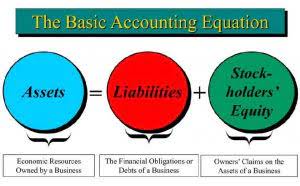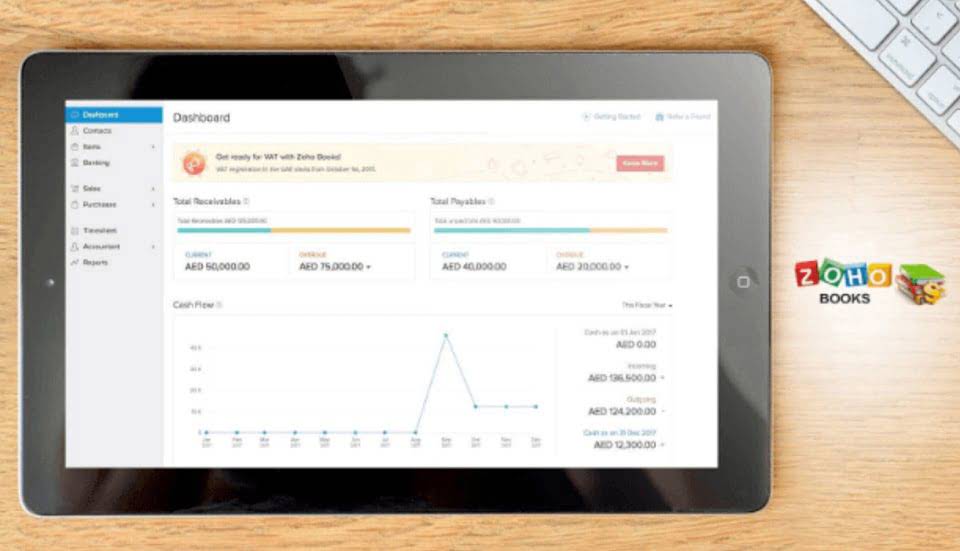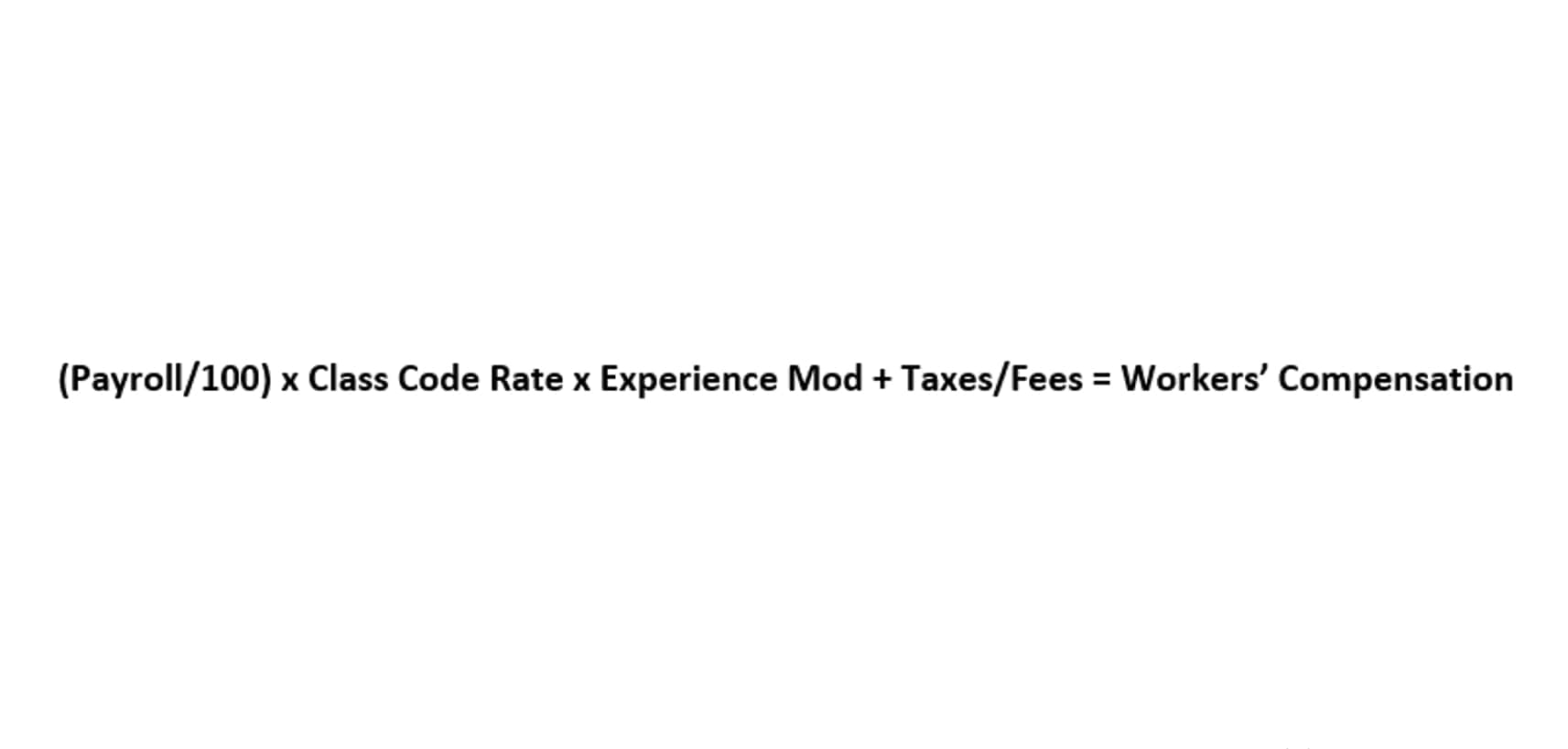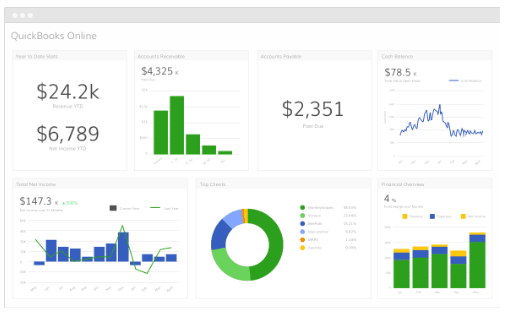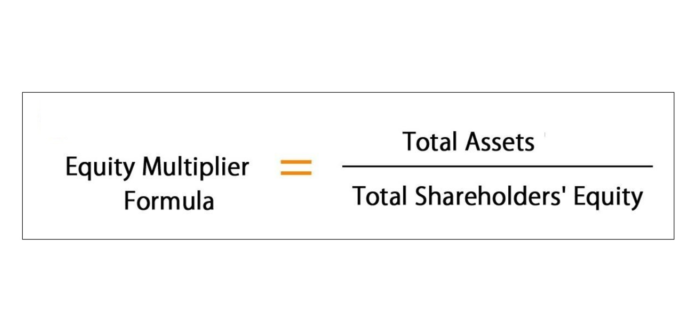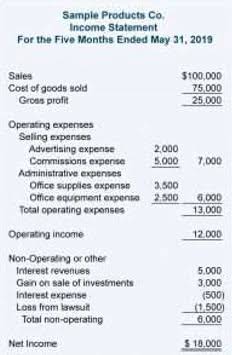Successful implementation requires meticulous tracking of inventory layers by purchase date and cost, which underpins accurate calculation of key metrics such as inventory turnover ratio. The FIFO method can result in higher income taxes for a company because there’s a wider gap between costs and revenue. The alternate method of LIFO allows companies to list their most recent costs first in jurisdictions that allow it.
How to Calculate Retained Earnings for a Balance Sheet
Because the brand is using the COGS of $5, rather than $8, they are able to represent higher profits on their balance sheet. A higher inventory valuation can improve a brand’s balance sheets and minimize its inventory write-offs, so using FIFO can really benefit a business financially. It provides a clear and straightforward way to track inventory, which makes audits and financial reporting less of a headache. When everything is in order, it’s easier to prove compliance and avoid any nasty surprises during tax season.
- This form is typically filed with the company’s federal income tax return for the year the change is implemented.
- If you choose to opt for the FIFO inventory valuation method, your business will comply with the IFRS and present a more realistic picture to potential investors or buyers.
- As the economy changes over time, you will learn how to optimize sales and sell at the most profitable rate.
- FIFO helps businesses to ensure accurate inventory records and the correct attribution of value for the cost of goods sold (COGS) in order to accurately pay their fair share of income taxes.
- If the number of units sold exceeds the quantity in the oldest layer, costs are drawn from the next oldest layer until all sold units are accounted for.
What Is the FIFO Inventory Method and How Does It Work?
It also shows that because the beginning inventory has all been sold, the remaining ending inventory is all 5.50 units. Using the FIFO method the how to do fifo in accounting two units sold are the first in, which in this example are part of the beginning inventory. There are three other valuation methods that small businesses typically use.
Products
- The First-In, First-Out (FIFO) method is an accounting technique for managing inventory and determining the cost of goods sold.
- Optimize inventory valuation, cut costs, and improve your business’s financial accuracy.
- In multi-warehouse environments, oldest-pallet staging positions inventory received earliest at the front of picking locations, ensuring chronological consumption.
- When older, lower costs are assigned to COGS during periods of rising prices, reported profit tends to be higher.
- The method’s alignment with actual inventory flow and its advantages during inflation make it a practical choice that continues to serve businesses well in today’s economy.
- Using FIFO simplifies the accounting process because the oldest items in inventory are assumed to be sold first.
This is because her newest inventory cost more than her oldest inventory. Learn how to build, read, and use financial statements for your business so you can make more informed decisions. The company would report a cost of goods sold of $1,050 and inventory of $350. In the FIFO Method, the value of ending inventory is based on the cost of the most recent purchases.
Master inventory valuation and cost tracking for robust financial insights. Every time you make a purchase you should recalculate the cost price of all your stock. Adding the weighted price of the new products to that of the products in your warehouse and dividing by the total number of units. The application of the FIFO method directly influences a company’s financial statements, particularly the income statement and the balance sheet. On the income statement, FIFO affects the Cost of Goods Sold (COGS) and, consequently, the Gross Profit. Under LIFO, the company reported a lower gross profit even though the sales price was the same.
Weighted Average Cost (WAC)
Sometimes it is not always possible to know with accuracy the flow of stock in and out of the business; this is when a third approach to valuation, “weighted average”, might be used. This method will take the total cost of the goods and divide it by the total number of units within that accounting period. Choosing the right inventory accounting method can significantly influence a company’s financial health and tax obligations.
One is the standard way in which purchases during the period are adjusted for movements in inventory. The second way could be to adjust purchases and sales of inventory in the inventory ledger itself. The problem with this method is the need to measure value of sales every time a sale takes place (e.g. using FIFO, LIFO or AVCO methods). If accounting for https://jayconewcastleportal.com.au/church-accounting-ultimate-guide-best-practices-to/ sales and purchase is kept separate from accounting for inventory, the measurement of inventory need only be calculated once at the period end.
LIFO
In other words, FIFO means the oldest items on your shelf are the first to go. FIFO can lead to higher taxable income during inflation, as it results in lower COGS. This may increase tax liabilities and temporarily impact cash flow, especially for businesses with tight budgets. In cases where the cost of goods rises sharply, FIFO might not reflect current market costs accurately. For example, if a business buys raw materials at a significantly higher price, its financial statements might understate the cost of goods sold.
- This occurs because, under FIFO, the remaining inventory comprises the most recently purchased items, which are likely to have higher costs due to inflation.
- And lastly, overlooking software capabilities can hinder FIFO implementation.
- Here’s a summary of the purchases and sales from the first example, which we will use to calculate the ending inventory value using the FIFO periodic system.
- In other words, under the last-in, first-out method, the latest purchased or produced goods are removed and expensed first.
For example, a bakery places today’s bread behind yesterday’s on the shelf, ensuring customers take the older product first. For omnichannel sellers, how to use FIFO method effectively requires tight system integration between all sales platforms, ensuring accurate inventory valuation methods across your business. If the business sells 12 units on January 20th, FIFO dictates the first 10 units sold are Legal E-Billing assigned the cost of $10 each from the January 5th purchase. The remaining 2 units sold are assigned the cost of $12 each from the January 15th purchase.
FIFO and LIFO industry considerations
It is an inventory management and accounting method used to track the cost of goods sold (COGS) and the value of remaining inventory. Since prices usually increase over time, the newest inventory tends to be more expensive. By selling that first, your COGS (cost of goods sold) is higher, which means your profits look lower on paper.







